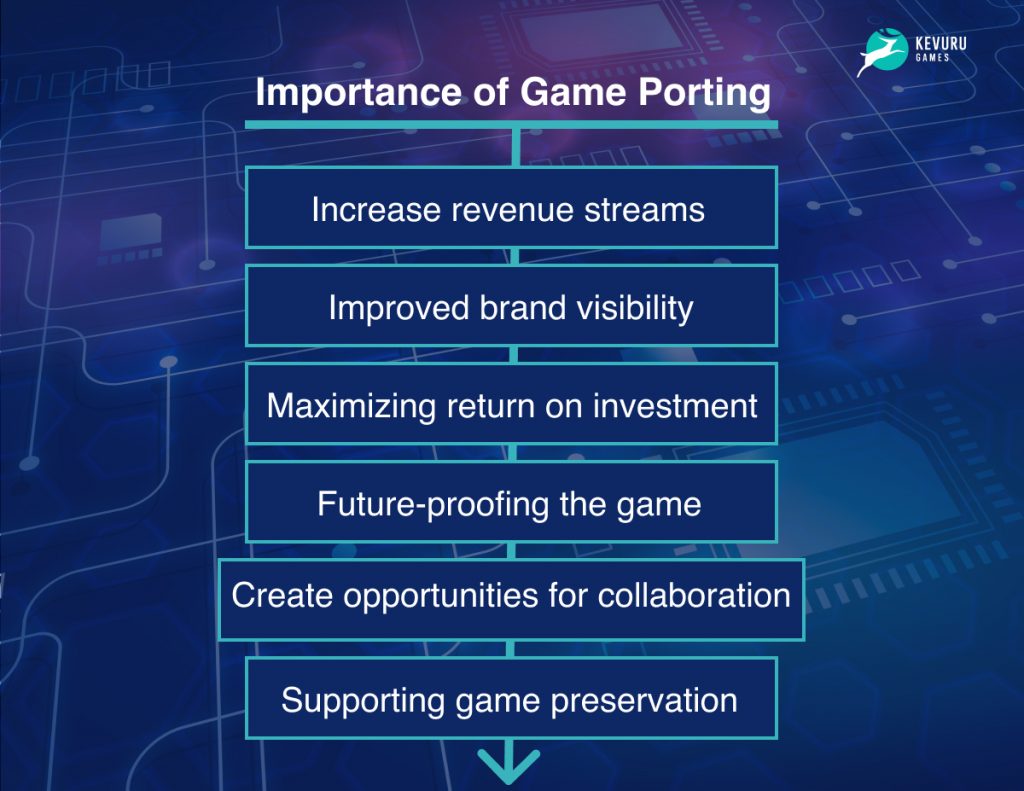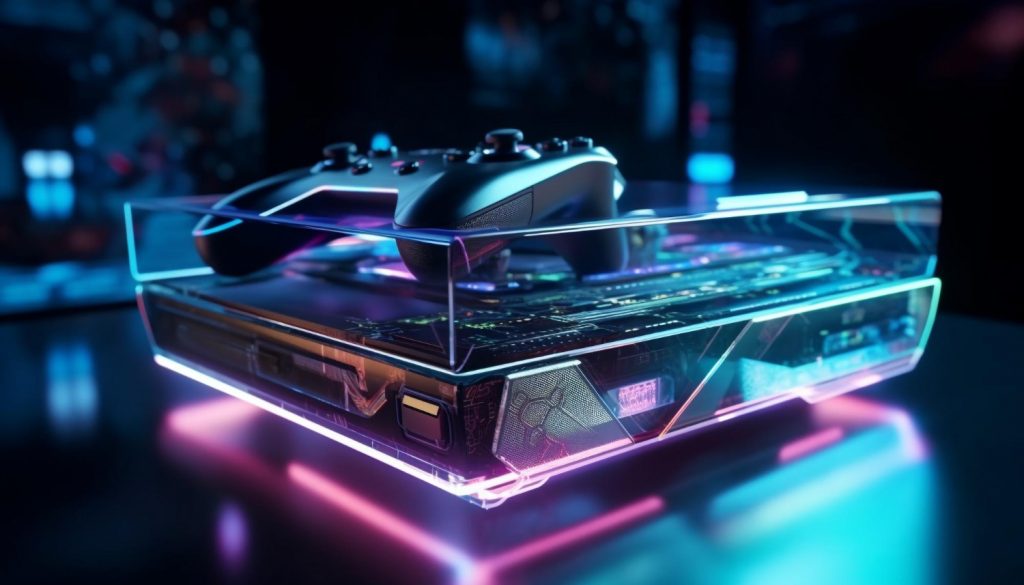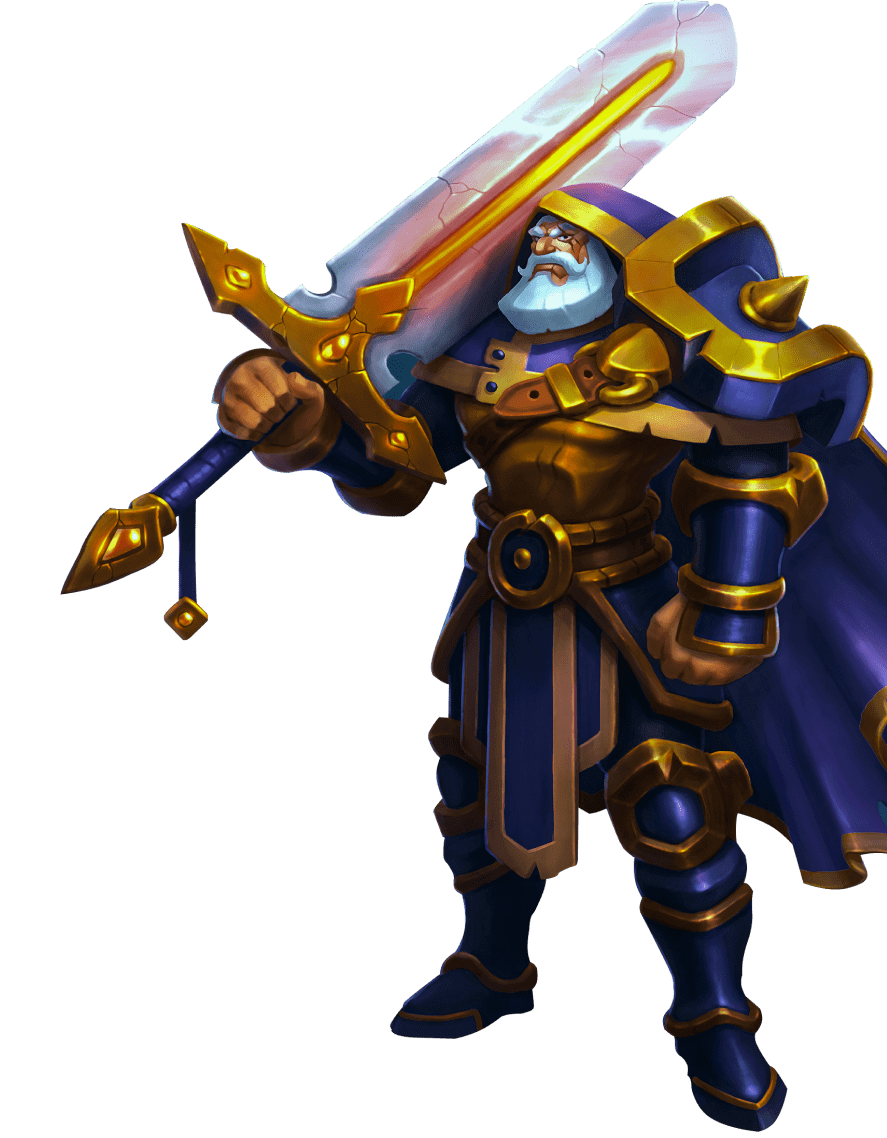In the ever-evolving gaming industry landscape, reaching a wider audience and expanding the market have become top priorities for game developers. One powerful way to achieve this is through the porting game process. Whether you are an aspiring game developer or a seasoned professional, understanding game porting is essential to stay competitive and relevant in today’s gaming market.
What is Game Porting?
Before we dive into game porting, let’s first understand what it means. Game porting refers to adapting a video game, initially developed for one platform, to run on another or multiple platforms. These platforms can include different operating systems (e.g., Windows, macOS, Linux), gaming consoles (e.g., PlayStation, Xbox, Nintendo Switch), and mobile devices (e.g., iOS, Android). Game porting aims to make the game accessible to a broader audience, extending its reach to various devices and platforms.

Understanding the Importance of Game Porting
Game porting is immensely important in the gaming industry and offers numerous benefits to developers and players. The most important one is that after game development you need to think about the expansion of market reach. Porting games opens up new horizons for developers, allowing them to target different platforms and reach a wider audience. You can open up new markets and expand your player base by adapting your games to run on other devices and operating systems. So let’s understand why porting games is so important:
Increase revenue streams
With a larger audience, game developers can benefit from multiple revenue streams. Releasing a game on multiple platforms increases initial sales and generates ongoing revenue from in-game purchases, downloadable content (DLC), and other monetization strategies.
Improved brand visibility
Porting games can significantly increase the visibility of a developer’s brand. When a game becomes available on multiple platforms, it receives more attention from the gaming community and media, raising the profile of the developer’s brand and fostering player loyalty.
Maximizing return on investment
Developing a video game is a significant investment, both in terms of time and resources. Porting games allows developers to maximize the return on their investment by leveraging a game’s success across multiple platforms.
Future-proofing the game
The game industry is rapidly evolving, with new platforms and technologies emerging regularly. By porting a game to multiple platforms, developers future-proof their creations and ensure that the game remains accessible and relevant for years.
Create opportunities for collaboration
Porting games often requires collaboration with other developers, publishers, or platform owners. These partnerships can lead to new opportunities, such as joint marketing agreements, distribution partnerships, or cross-platform game initiatives.
Supporting game preservation
As game hardware and software become obsolete, older games can become inaccessible to players. Porting games helps preserve classic games by adapting them to modern platforms so they remain playable and appreciated by future generations.

The Main Stages of the Game Porting Process
Game porting is a vital process that enables a video game to reach a wider audience by adapting it to different platforms. Proper planning, code adaptation, visual optimization, middleware usage, and gameplay adjustments are all crucial stages in ensuring a successful and smooth game port. By following these steps and running comprehensive tests, developers can deliver a polished and enjoyable gaming experience to players on various platforms. Key stages of the porting process include:
Planning and analyzing: A good plan is required before embarking on the porting process. Developers should analyze the target platform’s specifications, performance characteristics, and unique features. Understanding the differences between the source and target platforms will help identify potential challenges and develop effective solutions.
Adapting the Source Code: One of the fundamental tasks in game porting is adapting the game’s source code to the target platform’s architecture and programming language. Certain sections of code often need to be rewritten or reconfigured to ensure smooth execution on the new platform.
Optimizing Visual Assets: Different platforms have different graphical capabilities, so optimizing visual assets is critical to maintaining the visual quality and performance of the game. This can include adjusting textures, resolutions, and graphic effects to match the capabilities of the target platform.
Using Suitable Middleware: Middleware solutions play an important role in game porting. Developers can use appropriate middleware to bridge the gap between different platforms and simplify the porting process. Middleware can handle tasks such as audio processing, physics simulation, and networking, making adapting the game to the target platform easier.
Optimizing CPU and GPU Performance: each platform has its CPU and GPU limitations, and optimizing performance for the target platform is critical to a smooth gaming experience. This can include optimizing the game’s rendering pipeline, reducing resource-intensive processes, and optimizing memory usage.
Adapting Gameplay Elements: Some gameplay elements may need to be adapted to the hardware and input capabilities of the target platform. For example, touchscreen controls for mobile devices or motion controls for consoles may require rethinking and redesigning certain gameplay mechanics.
Creating a Proper UI and Control Scheme: the user interface (UI) is critical for porting games. It should be intuitive and adapted to the screen size and resolution of the target platform. Developers must also design a control scheme that works seamlessly with the platform’s input devices, such as keyboard and mouse, gamepad, or touch controls.
Running Multiple Tests: Rigorous testing ensures the game works properly on the target platform. Running multiple tests helps identify and fix compatibility issues, performance bottlenecks, and other bugs that may occur during the porting process.
Applying Platform-specific Requirements: Each platform has specific requirements and guidelines that developers must adhere to before releasing the ported game. Meeting these platform-specific requirements ensures the game is approved for distribution on the target platform.

How does Porting a Game Work for Different Platforms
Porting a game to different platforms is a complex but essential process that allows game developers to reach a broader audience and maximize their game’s potential. Whether it’s adapting a game from PC to console, console to mobile, or vice versa, the goal is to ensure the game runs smoothly and provides an enjoyable experience on each platform.
How does porting a game to PC work?
Porting a game to a PC involves several steps:
- Code Adaptation: The developers should adapt the game’s source code to work with different PC configurations, operating systems (Windows, macOS, Linux), and hardware setups. It may include tweaking graphics settings, input handling, and performance optimizations.
- Graphics Optimization: PC gamers have a wide range of hardware capabilities, so optimizing the game’s graphics allows it to scale well on various PC configurations. It may involve implementing dynamic resolution scaling, offering multiple graphics presets, and supporting different aspect ratios.
- Control Options: PC gamers expect customizable control options, so the game should support keyboard and mouse inputs and gamepad controllers. Implementing customizable vital bindings and mouse sensitivity settings is essential.
- User Interface (UI) Scaling: PC displays come in various sizes and resolutions, and ensuring that the UI scales appropriately on different screen sizes is crucial for a seamless gaming experience.
How to port games to the Nintendo Switch?
Porting games to Nintendo Switch requires consideration of the platform’s unique capabilities:
- Performance Optimization: The Nintendo Switch has lower hardware capabilities than other gaming consoles and PCs. To ensure smooth gameplay, developers should optimize the game’s performance, including frame rate and load times.
- Joy-Con Support: The Switch offers unique control options with its Joy-Con controllers. Developers must adapt the game to utilize these features effectively and ensure the gameplay feels intuitive on the platform.
- Handheld Mode: The Switch’s portability allows players to enjoy games in handheld mode. Optimizing the game’s visuals and controls for handheld play is essential for a satisfying gaming experience.
- Touchscreen Support: The Switch also has a touchscreen, which developers can use for menu navigation or specific gameplay interactions.
How to port games to iOS and Android?
Porting games to mobile platforms like iOS vs Android development involves the following steps:
- Optimizing Performance: Mobile devices have limited hardware capabilities compared to PCs and consoles. Performance optimization is critical to ensuring smooth gameplay and reduced battery consumption.
- Touchscreen Controls: Designing intuitive touchscreen controls is essential for mobile games. The game should support various touch gestures and virtual buttons for seamless gameplay.
- Screen Resolutions: Mobile devices come in various screen sizes and aspect ratios. Ensuring the game scales appropriately at different resolutions is vital for a consistent visual experience.
- App Store Guidelines: Each platform has specific app store guidelines that developers must follow to get the game approved for distribution. Complying with these guidelines is crucial to avoiding rejection.
How Can You Improve the Process of Porting Games Between Platforms?
Porting a game to different platforms is a complex but essential process; whether it’s adapting a game from PC to console, console to mobile, or vice versa, the goal is to ensure the game runs smoothly and provides an enjoyable experience on each platform. The porting process involves several key steps:
- Understanding the Target Platform: The first step is to thoroughly understand the target platform’s hardware specifications, operating system, and unique features. Each platform has its strengths and limitations, and developers must tailor the game to maximize its capabilities.
- Code Adaptation: Games are often developed with specific platforms in mind, using platform-specific code and optimizations. Porting requires adapting the game’s source code to be compatible with the target platform’s architecture and programming language. This can involve rewriting, reconfiguring, and optimizing code to ensure the game runs smoothly on the new platform.
- Graphics and Performance Optimization: Different platforms have varying graphical capabilities and performance levels. Developers must optimize the game’s graphics, frame rates, and resource usage to deliver a smooth and visually appealing experience on each platform.
- Input and Control Options: Each platform has input devices and control schemes, such as a keyboard and mouse for PCs, gamepads for consoles, and touchscreens for mobile devices. Developers must adapt the game’s controls to work seamlessly with the target platform’s input methods.
- User Interface (UI) Adaptation: The UI design needs to be adjusted to fit the target platform’s screen size, resolution, and aspect ratio. Ensuring the UI is intuitive and user-friendly on each platform is crucial for a positive user experience.
- Testing and Bug Fixing: Rigorous testing is essential to identify and fix any platform-specific bugs or compatibility issues. Running the game on the target platform and gathering feedback from real users helps ensure a polished and bug-free experience.
- Platform-Specific Guidelines: Each platform has its own set of guidelines and requirements for game submissions. Developers must adhere to these guidelines to meet the platform’s quality standards and get the game approved for distribution.
- Updates and Support: The porting process continues after the initial release. Developers must provide ongoing support and updates to address any issues that may arise post-launch and to keep the game compatible with future platform updates.

What Do You Need to Start Porting of a Game?
It would help if you had several key elements and a well-defined plan to start porting a game. You need access to the original game’s source code to begin porting. This will let you make the necessary adjustments and optimizations for the target platform. Understanding these differences is crucial for a successful port since each platform has unique hardware, operating systems, and input devices.
Then set up the development environment for the target platform. This includes installing software development kits (SDKs) and platform-specific tools.
Creating a detailed porting plan describing the steps to adapt the game to the target platform would be helpful. The plan should include a timeline, a breakdown of tasks, and a breakdown of resources.
Your skilled porting team should include programmers, graphic artists, designers, and quality assurance testers. They will use cross-platform development tools and middleware to streamline the porting process. These tools can help bridge the gap between different platforms and save time on repetitive tasks. They will also use version control systems to manage game source code changes and ensure all team members work with the latest version. And access to target platform hardware or devices for testing will help evaluate performance and compatibility accurately.
Ensure your team has developed a comprehensive testing plan to identify and fix platform-specific issues. Testing should cover various aspects of the game, including graphics, performance, controls, and the user interface.
To port properly, keep detailed documentation throughout the porting process, such as notes on changes made, performance improvements, and platform-specific optimizations.
Finally, you should familiarize yourself with platform-specific game submission guidelines and requirements to navigate the approval process on different platforms smoothly. You can successfully tackle the game porting process if you have all these essential elements and follow a well-structured plan.
How Costly is It to Port a Game, And How Much Time Can Porting a Game Take?
The cost and time required for game port service vary significantly depending on several factors. The process involves adapting and optimizing the game to run smoothly on a new platform, and the complexity of this process can influence the overall cost and time involved.
- Game Complexity: The complexity of the original game is a significant factor in determining the cost and time for porting. Games with simple graphics, straightforward mechanics, and minimal platform-specific optimizations may be quicker and more cost-effective to port.
- Target Platform: The choice of the target platform also affects the cost and time of porting. Porting to platforms with similar architecture and development tools may be faster and less expensive than porting to entirely different platforms.
- Source Code Quality: The cleanliness and structure of the original game’s source code can impact the porting process. Well-organized and modular code can make the porting process smoother and faster, while messy code may require more time and effort to adapt.
- Experience and Expertise: The expertise of the porting team plays a significant role. An experienced team familiar with both the original and target platforms can streamline the process and make efficient adaptations.
- Cross-Platform Tools and Middleware can speed up the porting process and reduce costs. These tools help bridge the gap between platforms and facilitate the adaptation of assets and code.
- Graphics and Performance Optimization: Extensive graphics and performance optimizations for the target platform can add to the overall time and cost.
- Testing and Bug Fixing: Rigorous testing is crucial to identifying and fixing platform-specific bugs and compatibility issues.
- Game Updates: Sometimes, developers may use the opportunity of porting to implement updates or enhancements to the game. This can extend the timeline and increase costs but may also lead to a more compelling product.
As for the time frame, porting a game can take anywhere from a few weeks to several months, depending on the above factors. Simple ports may be completed relatively quickly, while complex games with extensive optimizations may require more time.
Kevuru Games Expertise in Port Games
As for the time frame, porting a game can take anywhere from a few weeks to several months, depending on the above factors. Simple ports may be completed relatively quickly, while complex games with extensive optimizations may require more time.
Our team offers a wide range of game development services including:
- Fully executed development;
- Concept art and design;
- Quality assurance and testing;
- Game monetization;
- Localization of the game;
- Post-release support;
- Game port service.
Kevuru Games offers game porting services to various platforms, making it a reliable and competent partner for developers looking to expand the reach of their games.
Our experienced porting team knows the intricacies of adapting games to new hardware, operating systems, and input devices. They carefully analyze source code, optimize performance, and ensure a seamless gaming experience on the target platform. Whether it’s a 2d game development services or a cutting-edge 3D title AAA, our team can efficiently adapt the game to the different platforms without compromising on the basic gameplay and visual appeal.
Summary
Porting games offers numerous benefits to developers, including increased revenue streams, improved brand visibility, maximizing return on investment, future-proofing the game, creating collaboration opportunities, and supporting game preservation by adapting classic games to modern platforms.











